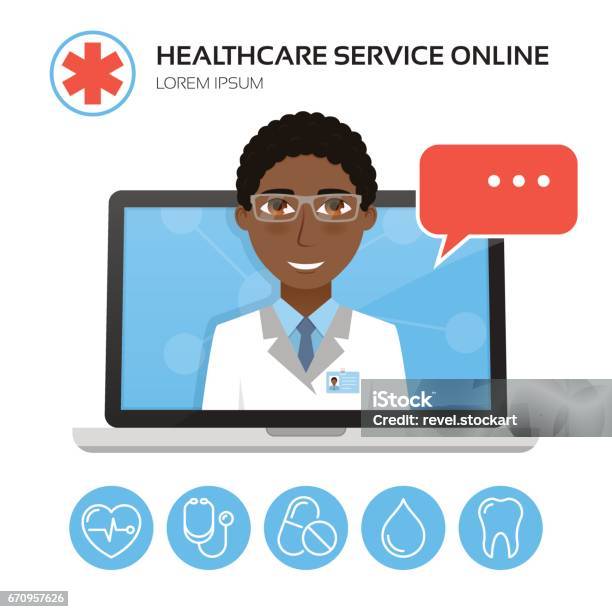How Subscription Based Healthcare is Transforming Patient Access to Services
How Subscription Based Healthcare is Transforming Patient Access to Services
Blog Article
Recognizing the Cost-Effectiveness of Subscription-Based Healthcare Models
As the medical care landscape advances, subscription-based designs arise as an engaging choice, guaranteeing to redefine exactly how people take care of clinical expenditures. Reviewing these designs' cost-effectiveness necessitates a nuanced contrast with typical insurance coverage, thinking about both economic ramifications and person satisfaction. While they provide transparency and predictability in costs, questions continue to be about their ability to meet varied healthcare requirements, especially for specialized treatments. The perspectives of healthcare providers further complicate this formula, providing a complex difficulty. What does the future hold for these designs, and can they genuinely supply on their promise of obtainable, cost effective care?
Review of Subscription-Based Designs
Subscription-based healthcare versions, sometimes described as direct key care or concierge medication, are progressively getting focus as a prospective solution to inefficiencies within conventional health care systems. These versions operate on the principle of offering people direct accessibility to healthcare carriers via a regular monthly or yearly charge, bypassing the need for typical insurance policy mechanisms. This plan aims to streamline patient-provider interactions by lowering administrative concerns, which commonly prevent timely and customized care.
At the core of subscription-based models is the emphasis on an extra tailored person experience. Individuals take advantage of enhanced access to their physicians, typically consisting of same-day or next-day appointments, extended consultation times, and direct interaction networks such as phone or video clip telephone calls. This version cultivates an aggressive strategy to medical care, where individuals and service providers can collaboratively concentrate on preventative care and persistent disease administration.

Expense Contrast With Traditional Insurance Coverage

One of the primary monetary benefits of registration designs is openness in expenses. On the other hand, standard insurance may be much more helpful for people requiring specialized treatment or expensive treatments not covered under a registration version, as they profit from the broader protection network and cost-sharing mechanisms.
However, cost-effectiveness is context-dependent. While subscription designs may provide financial savings for those mostly requiring medical care, people with persistent conditions or specialized health care requirements may find conventional insurance policy extra comprehensive. Consequently, evaluating details healthcare requirements and possible use is essential in determining the most cost-efficient choice for individuals.
Influence on Individual Satisfaction
Person contentment within subscription-based healthcare versions usually reflects a significant renovation over traditional insurance systems. This improvement is mainly associated to the individualized care and availability these models use. Individuals regularly report greater contentment because of decreased wait times and the simplicity of organizing visits. Unlike typical systems, where individuals may experience delays in obtaining treatment, subscription-based models guarantee more straight and prompt interactions with medical care suppliers.
Moreover, the transparency in prices connected with subscription-based healthcare eases the typical irritations connected to unexpected costs and intricate payment processes seen in standard insurance (subscription based healthcare). Patients value understanding the precise economic dedication upfront, causing raised trust fund and self-confidence in their health care management
In addition, the emphasis on preventative treatment and wellness in membership versions adds to enhanced health and wellness end results, even more enhancing client complete satisfaction. By concentrating on recurring health and wellness upkeep as opposed to anecdotal care, individuals experience an even more alternative and continuous medical care journey.
Additionally, the my company boosted provider-patient relationship cultivated in these designs, defined by even more time invested per individual and individualized attention, plays an essential function in raising individual fulfillment degrees, as clients feel truly cared for and understood.
Company Perspectives and Experiences
From the provider's viewpoint, subscription-based healthcare designs provide a transformative technique to delivering clinical services. These versions highlight a proactive and preventative medical care approach, enabling providers to focus on thorough patient care without the restraints of traditional fee-for-service plans (subscription based healthcare). This shift in focus often results in improved client end results and raised provider complete satisfaction, as health care professionals can designate even more time and sources to patient involvement and personalized care strategies
In addition, membership versions help with predictable income streams, which boost monetary stability for doctor. This predictability permits improved resource preparation and allotment, contributing to an extra reliable health care shipment system. Suppliers can buy staff framework, training, and modern technology improvements, thus enhancing the high quality of care used.
Nevertheless, the transition to subscription-based designs is not without challenges. In spite of these obstacles, numerous providers find that the benefits of raised client communication and streamlined procedures outweigh the first challenges, making subscription-based models an eye-catching choice.
Future Potential Customers and Difficulties
A main obstacle is governing compliance, as membership designs must comply with advancing medical care plans and click for source insurance requirements. This demands continual adaptation and advancement to guarantee positioning with legal standards. Furthermore, incorporating these versions right into existing health care infrastructures can be intricate, requiring considerable investments in modern technology and training.
There is likewise the possible threat of producing injustices in medical care accessibility, as membership designs may prefer those that can manage them, leaving vulnerable populations underserved. Resolving this calls for thoughtful consideration of pricing techniques and subsidy devices to ensure inclusivity.
Verdict
Subscription-based medical care models provide a practical option to traditional insurance coverage by providing monetary predictability and openness, especially benefiting people with chronic conditions or frequent medical care demands. The cost-effectiveness of these versions rests upon specific medical care use patterns and conditions. While they might enhance person satisfaction and improve budgeting, challenges remain in attending to specialized treatment needs. Future considerations include stabilizing extensive insurance coverage with price and integrating these models within the broader medical care system for optimal results.
Subscription-based health care designs, occasionally referred to as direct primary care or concierge medicine, are significantly getting interest as a possible remedy to ineffectiveness within conventional healthcare systems. Unlike conventional systems, where individuals might experience delays in getting care, subscription-based versions guarantee even more straight and prompt communications with health care providers.
These designs highlight a aggressive and preventative healthcare strategy, enabling carriers to focus on comprehensive person care without the restrictions of conventional fee-for-service arrangements. As these models continue to obtain grip, they provide the prospective to transform patient accessibility to care, improve service delivery, and optimize healthcare costs.Subscription-based healthcare versions present a viable choice to typical insurance coverage by supplying economic predictability and transparency, specifically benefiting people with chronic problems or constant healthcare needs.
Report this page